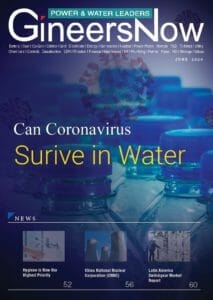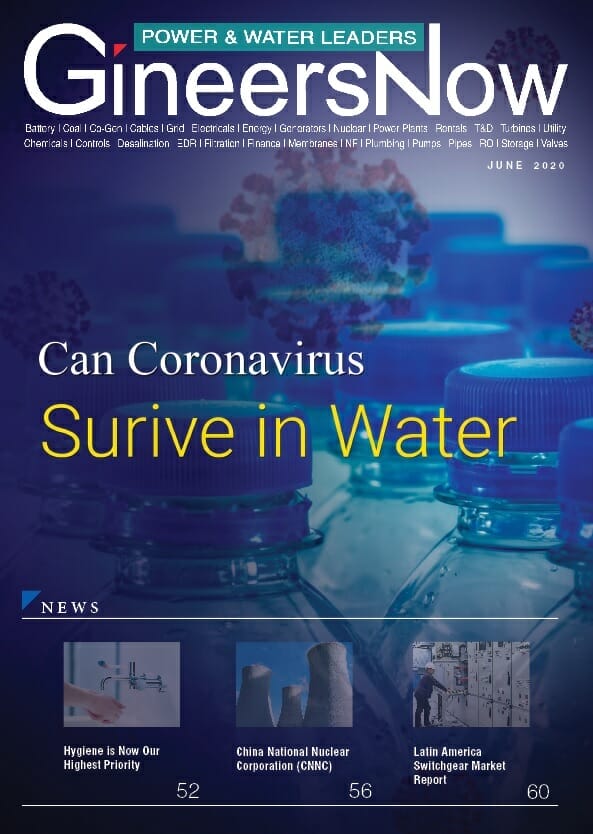Drinking Water Safety
In recent news stories around the world, people who have not stepped foot outside of their homes since the initial spread of the coronavirus are still, in one way or another, testing positive for COVID-19. Since the possibility of COVID-19 being transmitted via ducts, airways, and other ventilation systems in a facility have already been shown to be true, another question comes up: is it possible for the coronavirus to get into our tap water?

In short, it’s possible but fortunately highly unlikely. The world and its people do not need any more reasons to fear and be anxious due to the virus, a real and existing threat.
One would think, “why is it highly unlikely for the coronavirus to move through the waterways if the coronavirus can survive in water droplets, survive in metallic surfaces, and water is a known distributor of microbes, bacteria, germs, and other infectious microorganisms?”
Chemical Structure
One main reason why it is highly unlikely for COVID-19 to pass through our water is due to the changing chemical structure of the water system. It is a complex system that has been ingeniously built to be clean by the minds behind it.
As fuel to the fire, people also turn their faucets on to wash their hands or their shower heads on to take a bath which we know includes soap, shampoo, and other virus-killing chemicals that, while gives us a squeaky clean feeling and freshly washed skin and hair, can reduce any coronavirus traces to nothing.
Drinking Water Risk
How about the concern over drinking water?
The same applies. At least in the United States, drinking tap water has largely been clean and safe, relatively speaking for those with high-quality water systems in their homes. The hoarding of bottled water is an over exaggerated albeit unsurprising behavioral effect for people who fear contracting the virus.
Click below to read the magazine






















